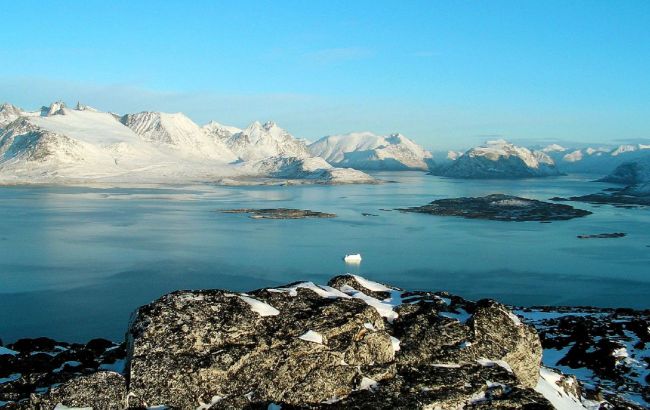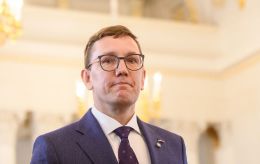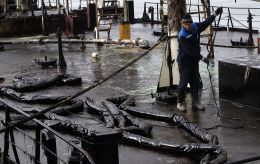8 facts about Greenland that make it special
 Landscapes of Greenland (photo: Wikipedia)
Landscapes of Greenland (photo: Wikipedia)
Greenland is one of the least explored and most isolated places on the planet. However, this island has recently attracted attention due to Donald Trump's proposal to buy it and make it part of the United States. Why is Greenland a real phenomenon that has no analogues in the world?
The largest island in the world
Greenland is the largest island in the world, although it is not formally considered a continent. Its area is 2.16 million square kilometers, which is comparable to the entirety of Western Europe or a third of Australia.
If Greenland were a separate country, it would be the 12th largest in the world. This large-scale island attracts with its grandeur and sparseness.
An almost uninhabited island
Greenland is home to only 56 thousand people. The population density here is the lowest in the world - 0.03 people per square kilometer. This is due to the fact that 80% of the island's territory is covered by a thick layer of ice, which in some places reaches 3.5 kilometers. This particular ice sheet is the second largest in the world after Antarctica.
 This is what Greenland looks like without the ice sheet (photo: Wikipedia)
This is what Greenland looks like without the ice sheet (photo: Wikipedia)
Unique location of cities
Almost all of Greenland's settlements are located on the coast, which provides communication with the outside world. The exception is the city of Kangerlussuaq, which is located 160 km from the coast in the depths of a fjord.
This city is an important transportation hub, as it is home to Greenland's main international airport. As a result, Kangerlussuaq remains a strategically important point on the island's map.
How Greenland became part of Denmark
Greenland has a rich history that began with the Viking migration from Iceland in 986. In 1261, the island became part of Norway, and later, in 1380, it became part of the united state of Denmark and Norway.
In 1905, when Norway gained independence, Denmark retained control over Greenland. This cemented the island's status as an autonomous territory under the Danish kingdom.
 The capital of Greenland, Nuuk (photo: Wikipedia)
The capital of Greenland, Nuuk (photo: Wikipedia)
The northernmost capital of the world
The capital of Greenland, Nuuk, is the northernmost city in the world. It is home to more than 19 thousand people, making it the largest settlement on the island. Nuuk is located to the north of Reykjavik, but is formally inferior to it as the capital, as Iceland is an independent state and Greenland remains an autonomous part of Denmark.
Administrative structure of the island
Although Greenland is part of Denmark, the island has considerable autonomy. The country has its own political parties, parliament (Landsting), and government.
Greenland solves all internal issues independently, while Denmark is responsible for foreign policy, defense, and currency. This unique system allows the island to maintain its identity and independence in many aspects.
 Administrative map of Greenland (photo: Wikipedia)
Administrative map of Greenland (photo: Wikipedia)
How to get to Greenland
Despite its geographical proximity to North America, direct flights to Greenland are only available from Denmark and Iceland. Kangerlussuaq International Airport is the island's main air gateway due to its stable weather and flat terrain.
The flight from Copenhagen to the capital Nuuk takes about 4.5 hours, and tickets start at 600 euros.
Greenland's mineral wealth
Greenland has significant mineral resources, making it a strategically important region. Large deposits of iron ore, copper, nickel, zinc, and lead have been found on the island.
Rare earth metals, such as neodymium and dysprosium, are particularly important, playing a key role in the production of high-tech devices, including smartphones, batteries, and wind turbines.
Mining in Greenland is fraught with serious challenges due to the harsh climate and remoteness of the region. However, global warming and melting glaciers are making access to resources easier, which is attracting interest from international companies.
Earlier we wrote, which 8 travelers could have discovered America before Columbus.
Read also, which 5 large and small territories the US bought from other countries.
Sources: Listverse, History, Wikipedia.

